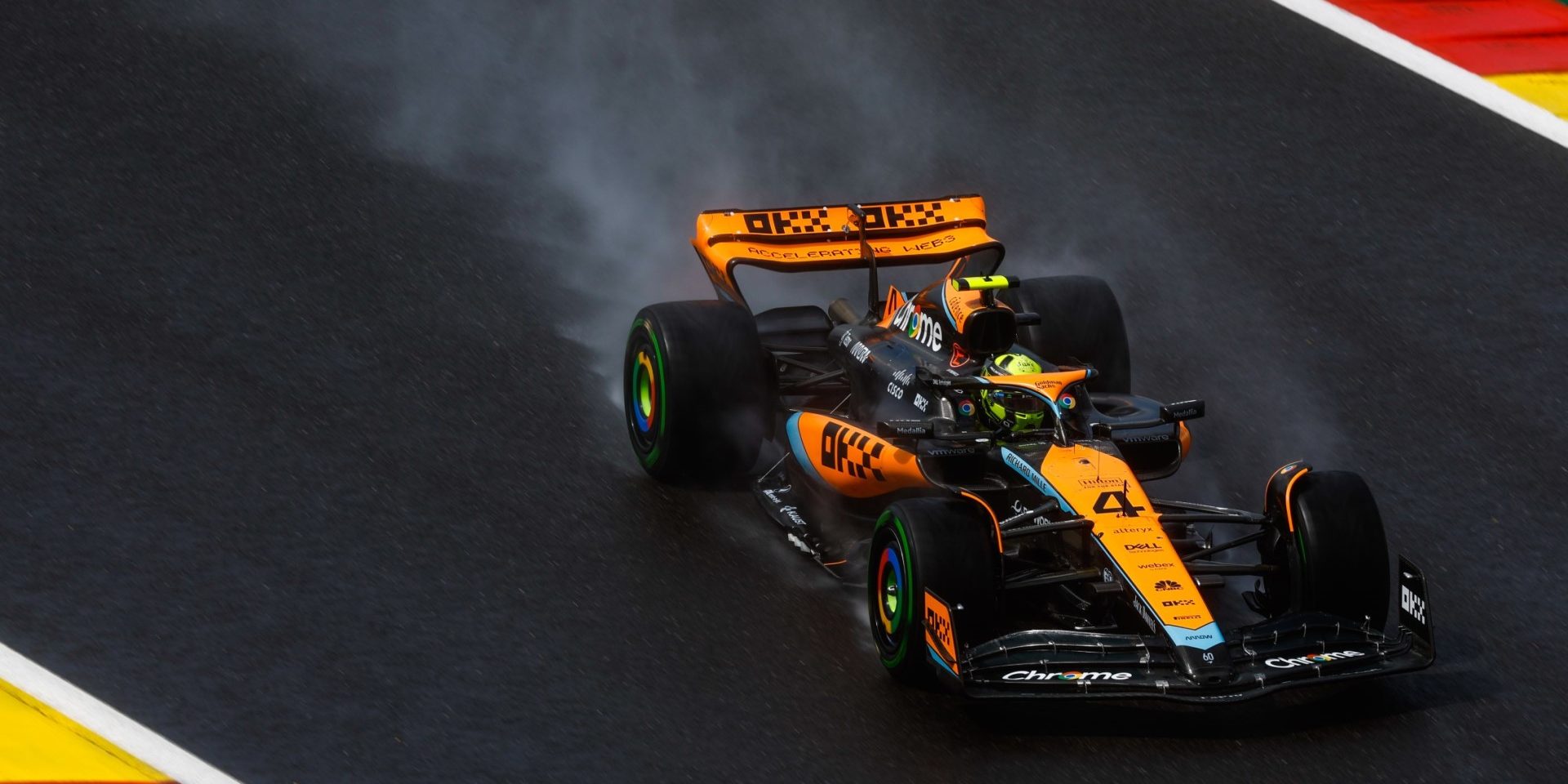A Beginner’s Guide to the World’s Foremost Racing Leagues
Formula 1
Established in 1950, Formula 1 (or F1) represents the pinnacle of motorsports. It’s governed by the Fédération Internationale de l’Automobile (FIA) and is known for its fast, aerodynamic single-seater cars. Teams compete in a series of races, known as Grands Prix, held globally. The sport demands the utmost in terms of driver skill, team strategy, and automotive technology. Aerodynamics, hybrid power units, and advanced materials are pivotal in F1 car design, pushing the boundaries of what’s possible in automotive engineering.
A Brief History:
The history of F1 is rich with legendary figures and technological innovation. From the early days of Juan Manuel Fangio and Ayrton Senna to modern icons like Michael Schumacher and Lewis Hamilton, the sport has always been a battleground for the best drivers in the world. F1 has been at the forefront of automotive innovation, introducing technologies such as carbon fiber chassis, semi-automatic gearboxes, and hybrid power units, many of which have found their way into consumer vehicles.
Key Highlights:
Tracks like Monaco, Silverstone, and Monza are etched into F1 folklore, each posing unique challenges. Monaco, with its narrow streets and tight corners, is a supreme test of precision. Silverstone, known as the ‘Home of British Motor Racing,’ combines fast corners and high speeds, demanding courage and skill from the drivers. Monza, ‘The Temple of Speed,’ is known for its long straights and high-speed corners, pushing cars to their limits.
IndyCar
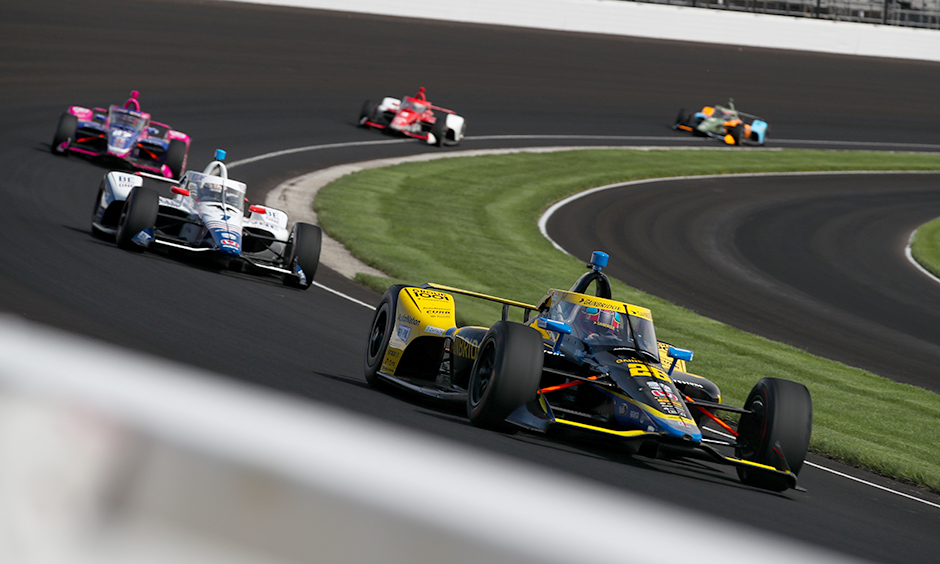
IndyCar is North America’s foremost open-wheel racing series. It’s distinguished by its variety, featuring races on oval tracks, permanent road courses, and temporary street circuits. The series is known for its accessibility to fans and close, competitive racing. Cars are less technologically advanced than F1 vehicles but are known for their speed and the unique challenge they pose, requiring drivers to be versatile and adaptive
Brief History:
IndyCar’s roots can be traced back to the establishment of the American Automobile Association’s (AAA) national championship in 1905. However, the modern form of the series began to take shape with the founding of CART in 1979 and the Indy Racing League (IRL) in 1994, which eventually merged to form the modern IndyCar Series. The Indianapolis 500, part of the Triple Crown of Motorsport, remains the series’ highlight, often referred to as ‘The Greatest Spectacle in Racing.’
Key Highlights:
The Indianapolis Motor Speedway, home of the Indianapolis 500, is hallowed ground in the world of motorsport. The 2.5-mile oval track, with its long straightaways and four geometric turns, provides a unique challenge. The Indy 500 is not just a race; it’s an event steeped in tradition, from the singing of ‘Back Home Again in Indiana’ to the victory lap and the famous bottle of milk.
FIA World Endurance Championship (WEC)
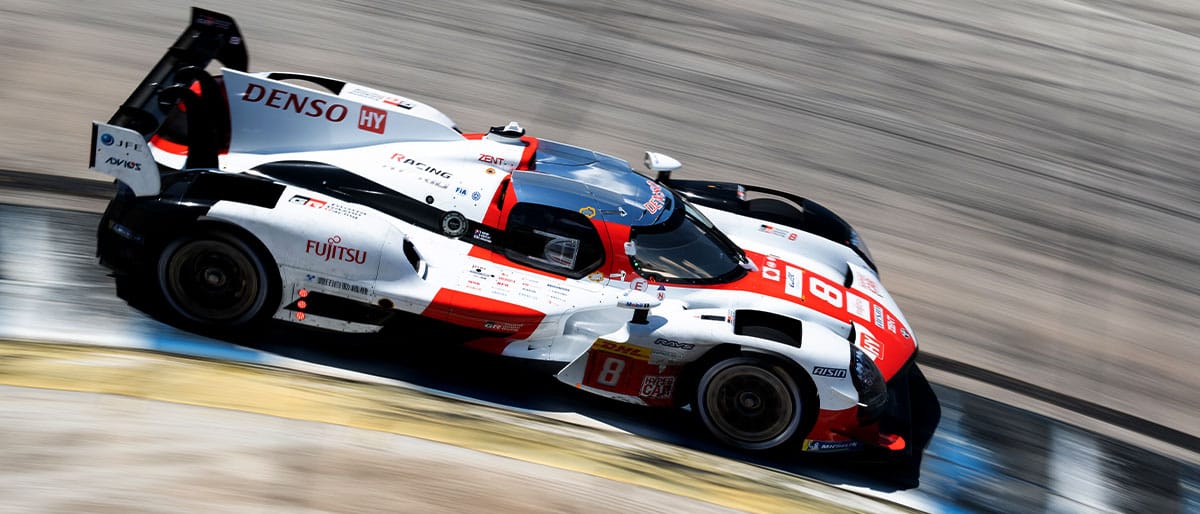
The FIA World Endurance Championship is a global racing series that tests the limits of sports cars in terms of speed, efficiency, and durability. Races range from 6 to 24 hours, requiring teams to balance outright speed with the reliability and fuel efficiency of their vehicles. The series features multiple classes of cars racing simultaneously, including hypercars, LMP, and GT cars, each with different specifications and competing for separate championships.
A Brief History:
The roots of the WEC are in endurance racing events like the 24 Hours of Le Mans, which began in 1923. The series, in its current format, was established in 2012, succeeding the Intercontinental Le Mans Cup. It’s designed to offer manufacturers a platform to showcase advanced technologies, particularly in the field of energy efficiency, with the spirit of the iconic Le Mans race at its core.
Key Highlights:
The 24 Hours of Le Mans is the jewel of the WEC, a race that’s synonymous with endurance racing itself. The Circuit de la Sarthe, where the race is held, is known for its high-speed straights, challenging corners, and the ability to test cars and drivers to their limits. Winning at Le Mans is a prestigious honor, sought after by manufacturers and drivers alike.
NASCAR
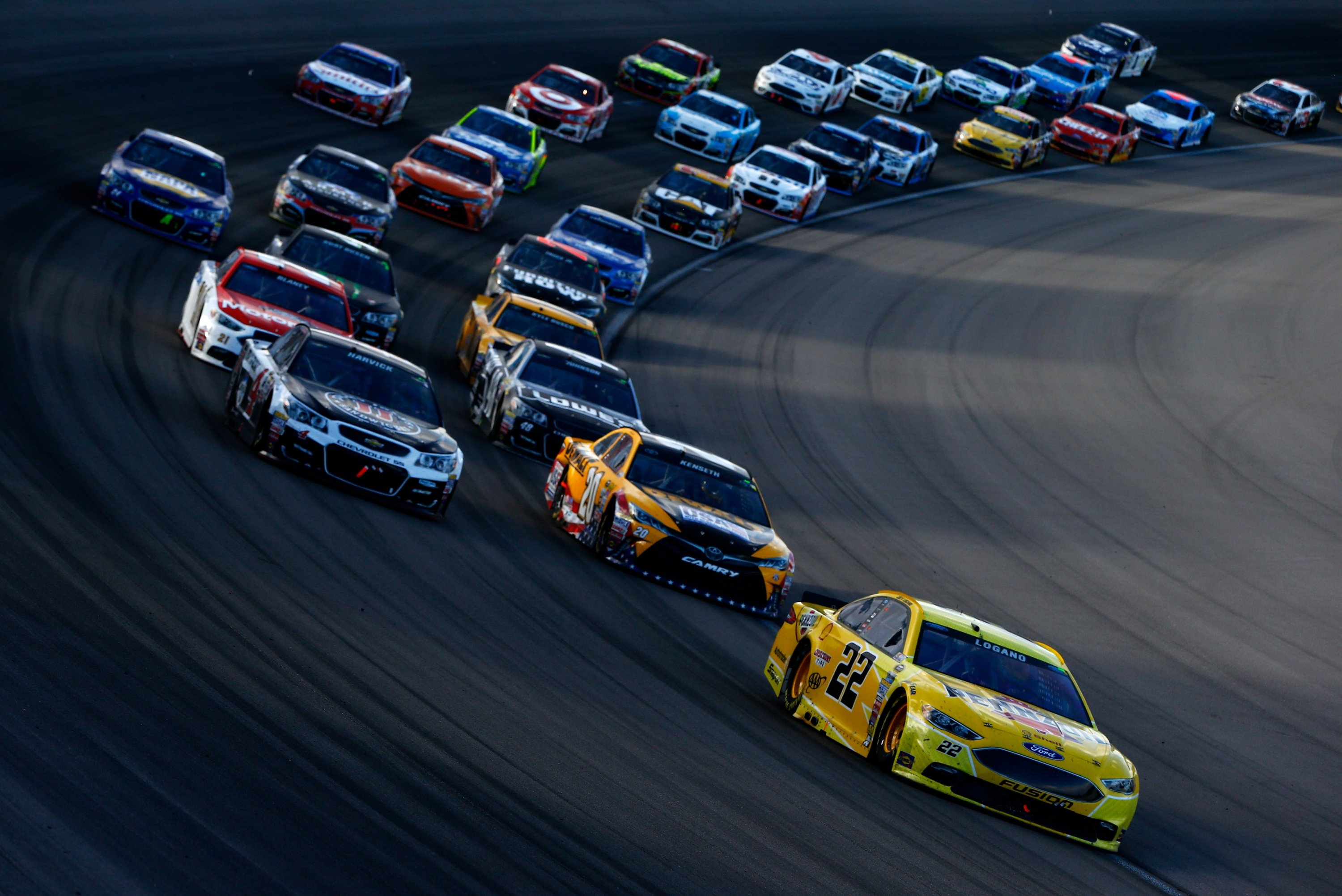
NASCAR, which stands for the National Association for Stock Car Auto Racing, is America’s homegrown form of motorsport. It’s renowned for its stock cars, high-speed oval racing, and tight pack racing, leading to close finishes and dramatic on-track action. The series emphasizes car durability and driver skill over technological superiority, making the racing highly competitive and entertaining.
Brief History:
NASCAR was founded in 1948 by Bill France Sr. in Daytona Beach, Florida, initially to organize and promote stock car racing in the US. The sport has roots in the bootlegging era, where drivers modified their cars to outrun the police, leading to informal races. Over the decades, NASCAR has grown into a national spectacle, with the Daytona 500 and the championship series being highlights of the American sports calendar.
Key Highlights:
The Daytona 500, known as ‘The Great American Race,’ is NASCAR’s most prestigious event. Held annually at the Daytona International Speedway in Florida, it’s known for high speeds, intense drafting, and dramatic finishes. The speedway’s 2.5-mile tri-oval design, with steep banking in the turns, allows for three-wide racing and breathtaking action.
Formula E

Formula E is a pioneering racing series featuring fully electric single-seater cars, emphasizing sustainability and urban racing. Races, known as E-Prix, take place on street circuits in major cities worldwide. The series is a testbed for electric vehicle technology, with a focus on innovation in battery technology and energy management. Fan engagement is also a unique aspect, with features like Fanboost giving fans a chance to vote and give their favorite driver an extra power boost.
A Brief History:
Conceived in 2011 and hitting the tracks in 2014, Formula E is a relatively new addition to the world of motorsport. It was created with a vision to demonstrate the potential of sustainable mobility and reduce the sport’s environmental impact. Despite its short history, the series has attracted major automotive manufacturers and top driving talent, quickly establishing itself as a competitive and innovative racing series.
Key Highlights:
Formula E’s street circuits bring racing to the heart of cities like Paris, New York, and Hong Kong, making the sport accessible and visible to a broad audience. The tight, twisty nature of these circuits, combined with the instant torque of electric motors, makes for exciting, strategic racing. The series also stands out for its commitment to sustainability, not just in racing technology but also in event organization and promoting a greener future.
IMSA
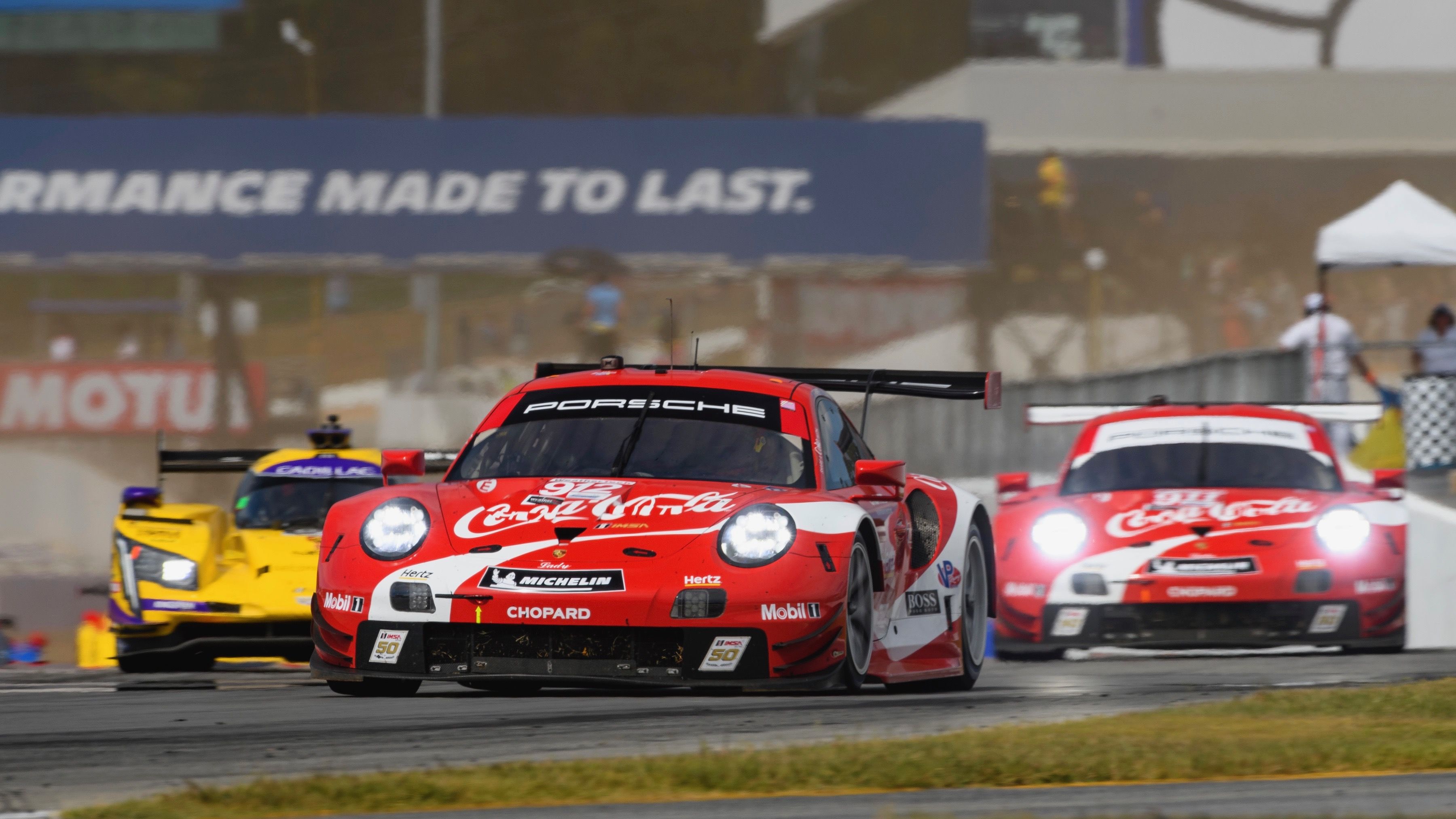
The International Motor Sports Association races are known for their multi-class structure, pitting different types of cars against each other. Categories include prototypes, designed solely for racing, and GT cars, based on production models. Endurance is a key aspect, with teams having to manage drivers, strategy, and vehicle performance over long distances.
A Brief History:
IMSA was founded in 1969 by John Bishop with the support of NASCAR’s Bill France Sr. It was established to bring professional sports car racing to North America and has grown to become the continent’s leading endurance racing series. Iconic races like the 24 Hours of Daytona and the 12 Hours of Sebring have become annual highlights, attracting teams and drivers from around the world.
Key Highlight:
The Rolex 24 at Daytona is a marathon that tests the limits of human and machine endurance. Held at the Daytona International Speedway, it’s a race that demands perfection in every aspect, from driver skill and team strategy to car reliability and performance. The event kicks off the racing season each year and is a coveted prize for any sports car racing team.
Rallycross
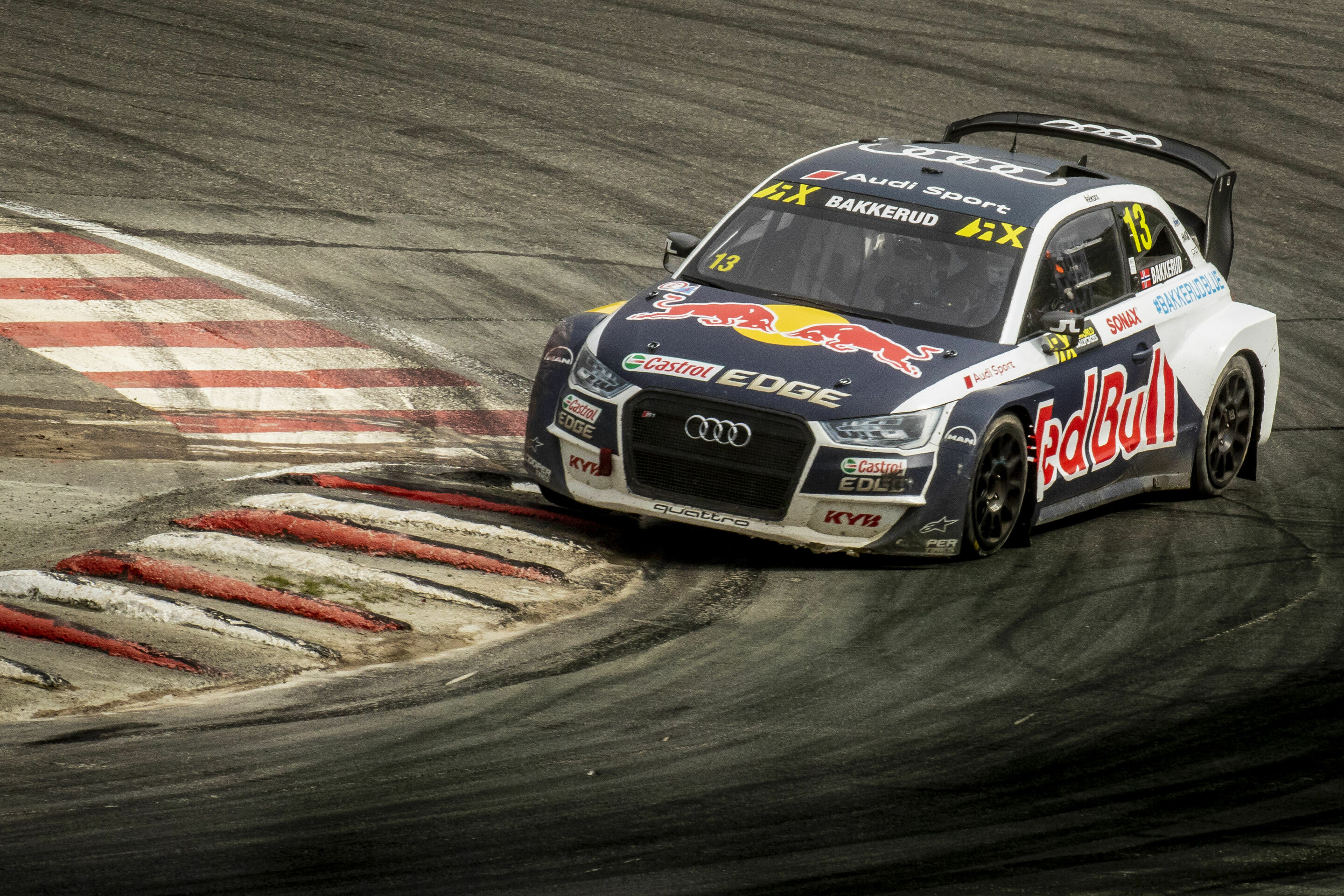
Rallycross is a high-octane, mixed-surface motorsport, combining racing on tarmac and off-road in a short, intense format. Races are typically held on closed circuits with a mix of gravel and asphalt, featuring jumps and tight corners. The sport is known for its close racing, contact between cars, and the ability of drivers to handle a variety of racing conditions in quick succession.
A Brief History:
Rallycross originated in the late 1960s in the UK as a television-friendly motorsport. It quickly gained popularity due to its exciting format and the spectacle of cars racing door-to-door. The sport has since spread globally, with national championships and an international series, attracting a mix of up-and-coming drivers and established stars from other motorsport disciplines.
Key Highlight:
The World RX of Portugal, held at the Montalegre Circuit, is one of the most popular and challenging events in the rallycross calendar. The circuit’s high altitude and mix of fast straights, tight corners, and dramatic elevation changes make it a favorite among drivers and fans alike. The event epitomizes the sport’s thrilling, unpredictable nature, where anything can happen and usually does.
Dakar Rally

The Dakar Rally is the ultimate test of endurance and navigation, taking competitors through some of the most challenging terrains on the planet. Originally a race from Paris, France, to Dakar, Senegal, it’s now held in Saudi Arabia. Competitors in categories such as cars, bikes, trucks, and quads must navigate vast distances, often in harsh, unforgiving conditions, testing their endurance, mechanical skill, and mental toughness.
A Brief History:
The Dakar Rally was conceived in 1978 by Thierry Sabine, who got lost in the Libyan desert during a race and decided it would be a good location for a regular rally event. What started as a daring adventure has grown into one of the most challenging and prestigious endurance races in the world.
Key Highlights:
The desert stages are the heart and soul of the Dakar Rally, presenting a unique set of challenges including dunes, rocky terrain, and extreme temperatures. Navigation is as crucial as speed, with competitors relying on their wits and experience to traverse the vast, open landscapes. The rally is not just a race; it’s an adventure, a test of human spirit against the most daunting of natural environments.

